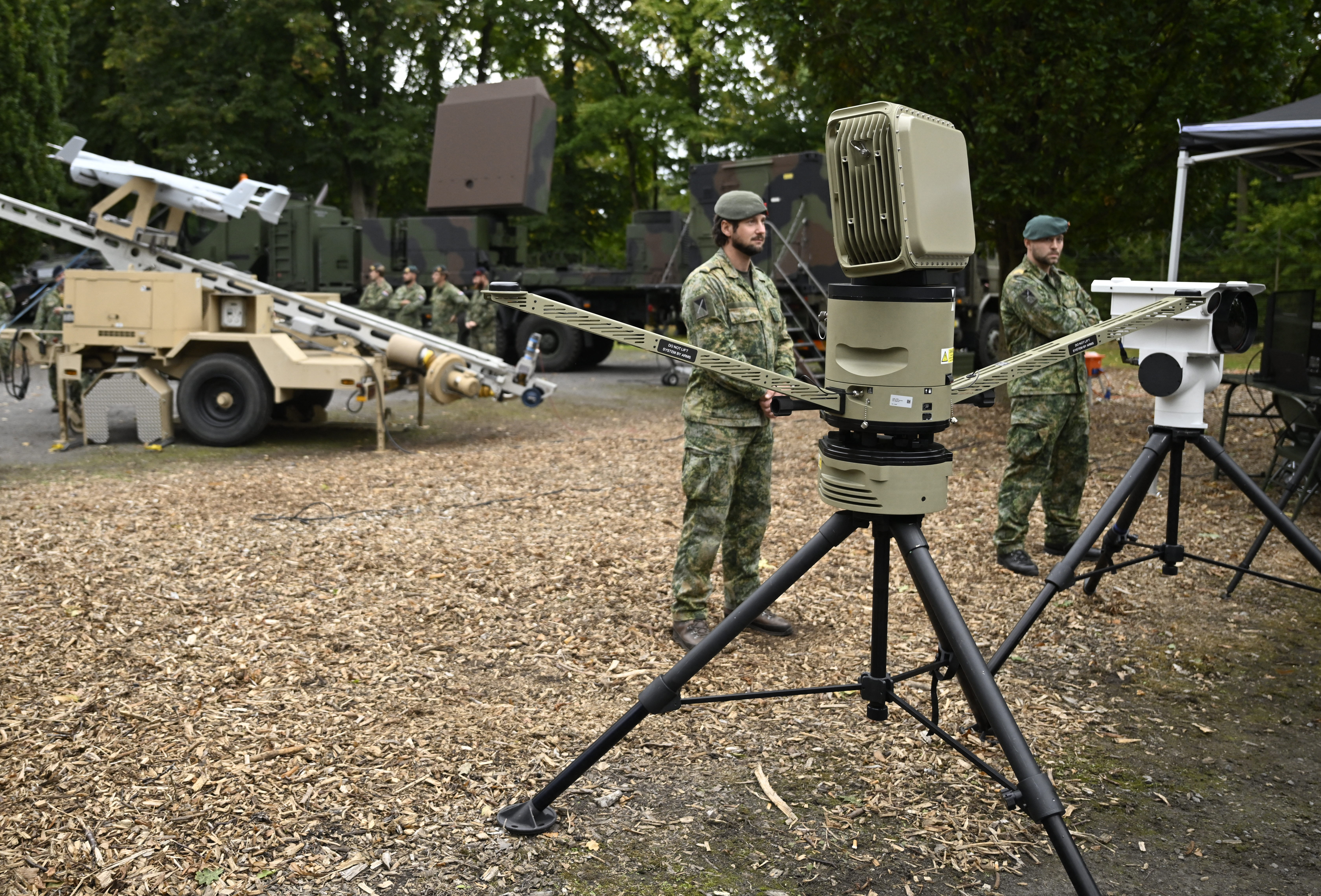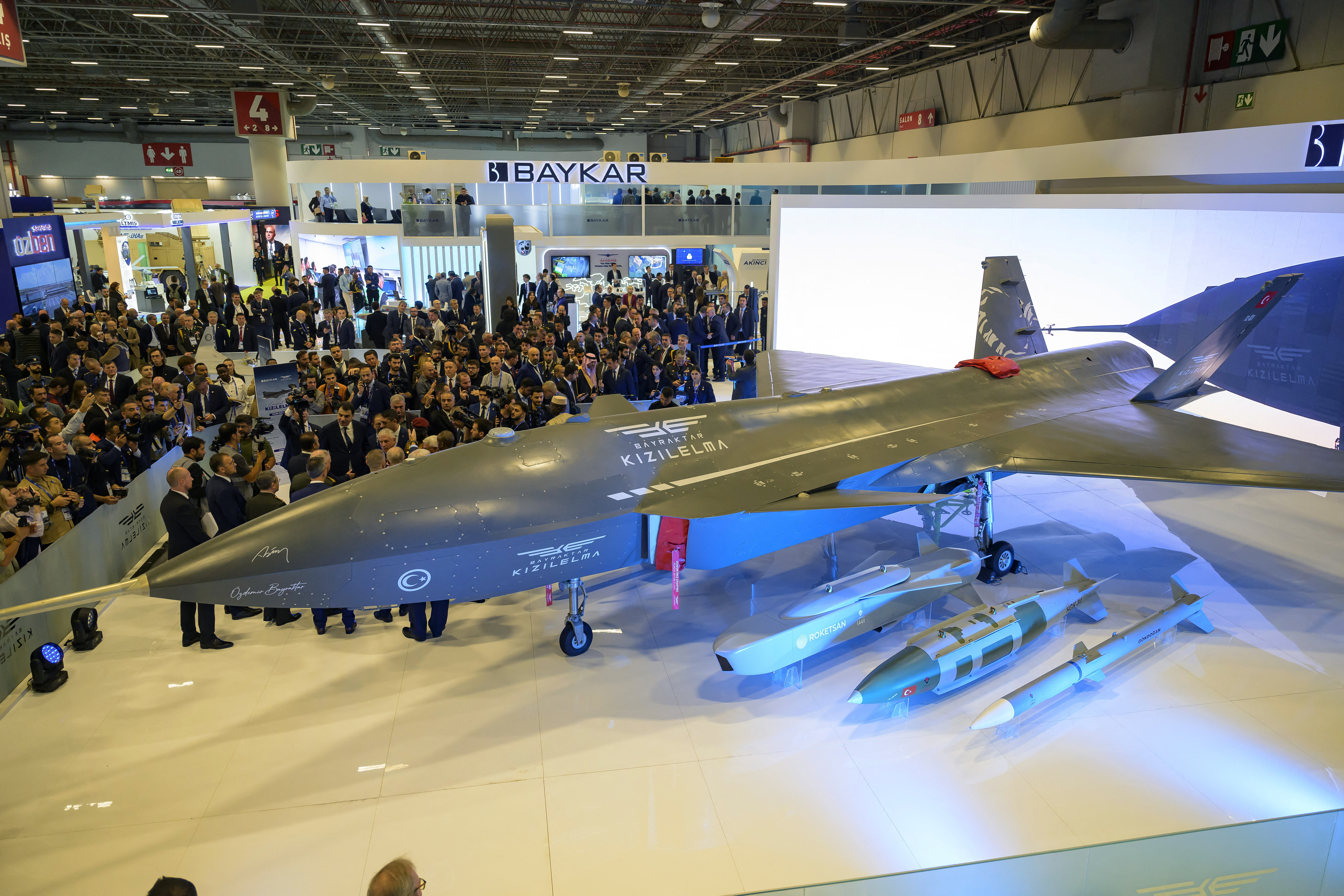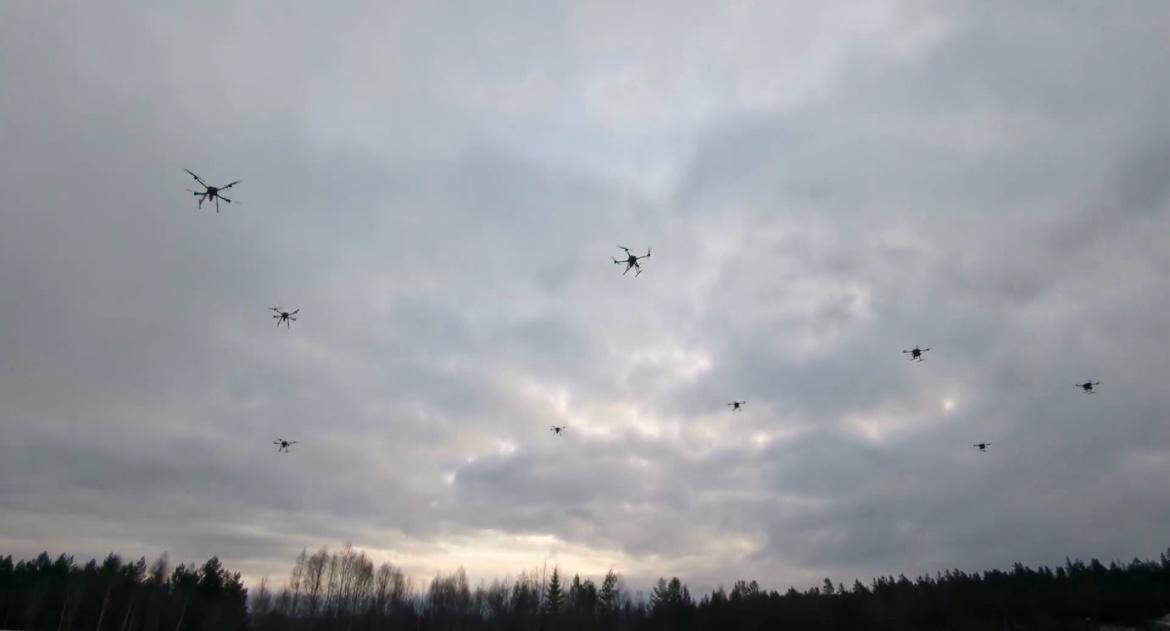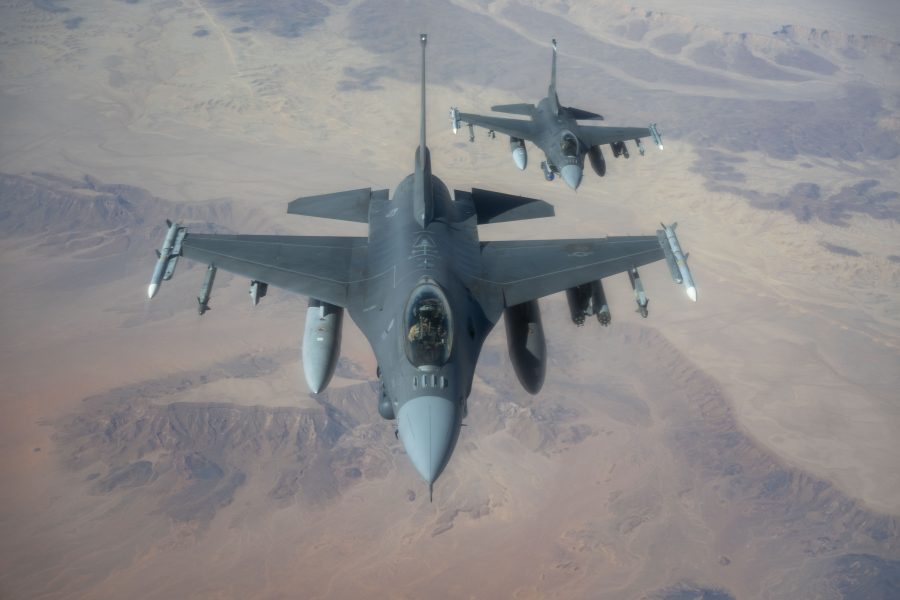
The U.S. military is maintaining a beefed-up presence in the Middle East, including fighters and air defense assets, following the U.S. strikes on Iranian nuclear facilities June 22 and subsequent retaliation by the Iranians against Al Udeid Air Base in Qatar.
The U.S. had moved fighters to the region as well as additional Patriot air defense units, which were shifted to Al Udeid from South Korea and Japan.
“We maintain capability across the Middle East so that the President and the Secretary of Defense have a range of military options available to defend both our citizens, our troops, our forces in the region,” Chief Pentagon Spokesman Sean Parnell told reporters July 2.
The effectiveness of the U.S. and Israeli strikes on Iran’s nuclear program has been hotly debated. Parnell said July 2 that the U.S. military believes it has “degraded their program by one to two years, at least intel assessments inside the department assess that.”
That is a greater setback than initially indicated by a preliminary Defense Intelligence Agency report leaked in media reports that suggested that Iran’s program had been set back by a few months. But it is a far cry from President Trump’s claim that Iran’s program had been “obliterated.”
After Israel began its attacks last month, the U.S. initially used Air Force fighters and Navy ships to help protect the country from Iranian missile and drone attacks, and the Pentgon ordered additional forces to the region for “enhance our defensive posture in the region,” Secretary of Defense Pete Hegseth said in a June 16 statement.
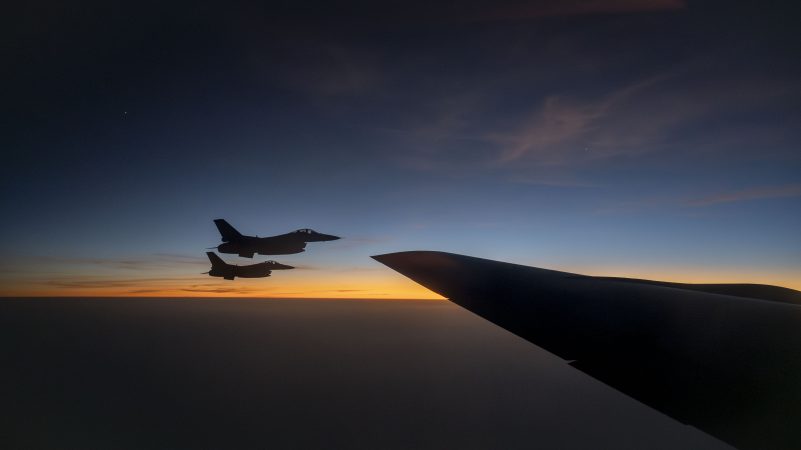
Some of these assets remain. The enhanced U.S. defensive presence in the region includes a deployment of Air Force F-16 fighter aircraft, additional Patriot air defense systems and personnel, multiple U.S. Navy destroyers equipped for ballistic missile defense, and two aircraft carriers, the USS Carl Vinson and USS Nimitz, multiple U.S. officials told Air & Space Forces Magazine.
The F-22 Raptor stealth air superiority fighters from Joint Base Langley-Eustis, Va., which participated in the strikes on Iran, are returning home, the officials said. Air Force F-35 Lightning II fighters also participated in the strikes on Iran, though officials did not say whether those aircraft have returned to their home base.
U.S. F-15E Strike Eagles multirole fighters and A-10 Thunderbolt II attack aircraft remain in the region as planned, and the Vinson and Nimitz are embarked with F/A-18 Super Hornets and F-35C fighters, as well as EA-18 Growler electronic attack planes.
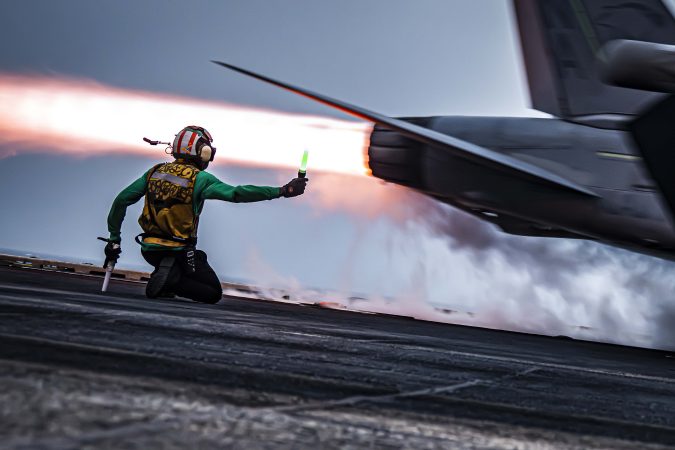
A total of 125 U.S. aircraft were involved in the June 22 operation against Iran, which was dubbed Operation Midnight Hammer.
Six U.S. Air Force B-2s carrying massive bunker buster bombs struck the Fordow nuclear site with 12 GBU-57 Massive Ordinance Penetrator bombs, while a seventh B-2 hit Natanz with two GBU-57s.
Tomahawk land attack cruise missiles launched from a U.S. submarine in the region at the Isfanhan site, destroying surface buildings there, though the complex is known to have expensive underground facilities.
Iran responded with a ballistic missile attack on Al Udeid on June 23. The U.S. had largely evacuated U.S. personnel and aircraft from the base, which normally houses around 10,000 U.S. troops and civilians.
The sprawling air base is a joint U.S.-Qatari facility that serves as the largest and most important U.S. base in the Middle East and hosts the forward headquarters of U.S. Central Command and U.S. Air Forces Central, and is home to the Combined Air Operations Center, the command center for airpower in the region.
Iranian missiles, either fired directly from Iran or its proxy forces, have been a persistent concern for U.S. forces over the years, and Qatar is located directly across the Persian Gulf from Iran.
Al Udeid successfully defended itself from over a dozen Iranian ballistic missiles with U.S. Army and Qatari Patriot operators.
Iran informed Qatar in advance of strikes, and Doha warned the U.S. Two former CENTCOM commanders, retired Marine Corps Gen. Kenneth F. McKenzie Jr. and retired Army Gen. Joseph L. Votel, previously told Air & Space Forces Magazine they believed the Iranian attacks to be largely symbolic.
“They were going to do the absolute minimum they could do to satisfy the requirement to respond while not poking the bear,” McKenzie said of the Iranian attack.
In recent days, the U.S. has been sending some aircraft back to Al Udeid, according to U.S. officials and open-source flight tracking data.
Parnell did not discuss specific assets during his briefing on July 2.
Parnell said the B-2 and Tomahawk strikes, along with Israel’s punishing air campaign, “took a very strong psychological toll on Iranian leadership.”
The post Pentagon Keeping Bolstered Presence in Middle East in Wake of Iran Strike appeared first on Air & Space Forces Magazine.

Air, A-10, Al Udeid Air Base, B-2, CENTCOM, F-15, F-16, F-22, F-35, Fordow, GBU-57, Iran, Isfanhan, Israel, Natanz, Operation Midnight Hammer, Patriot, Pete Hegseth, sean parnell, U.S. Central Command, USS Carl Vinson, USS Nimitz
Air & Space Forces Magazine
[crypto-donation-box type=”tabular” show-coin=”all”]

